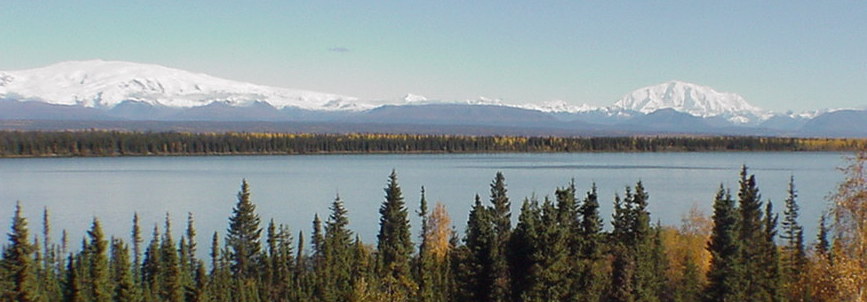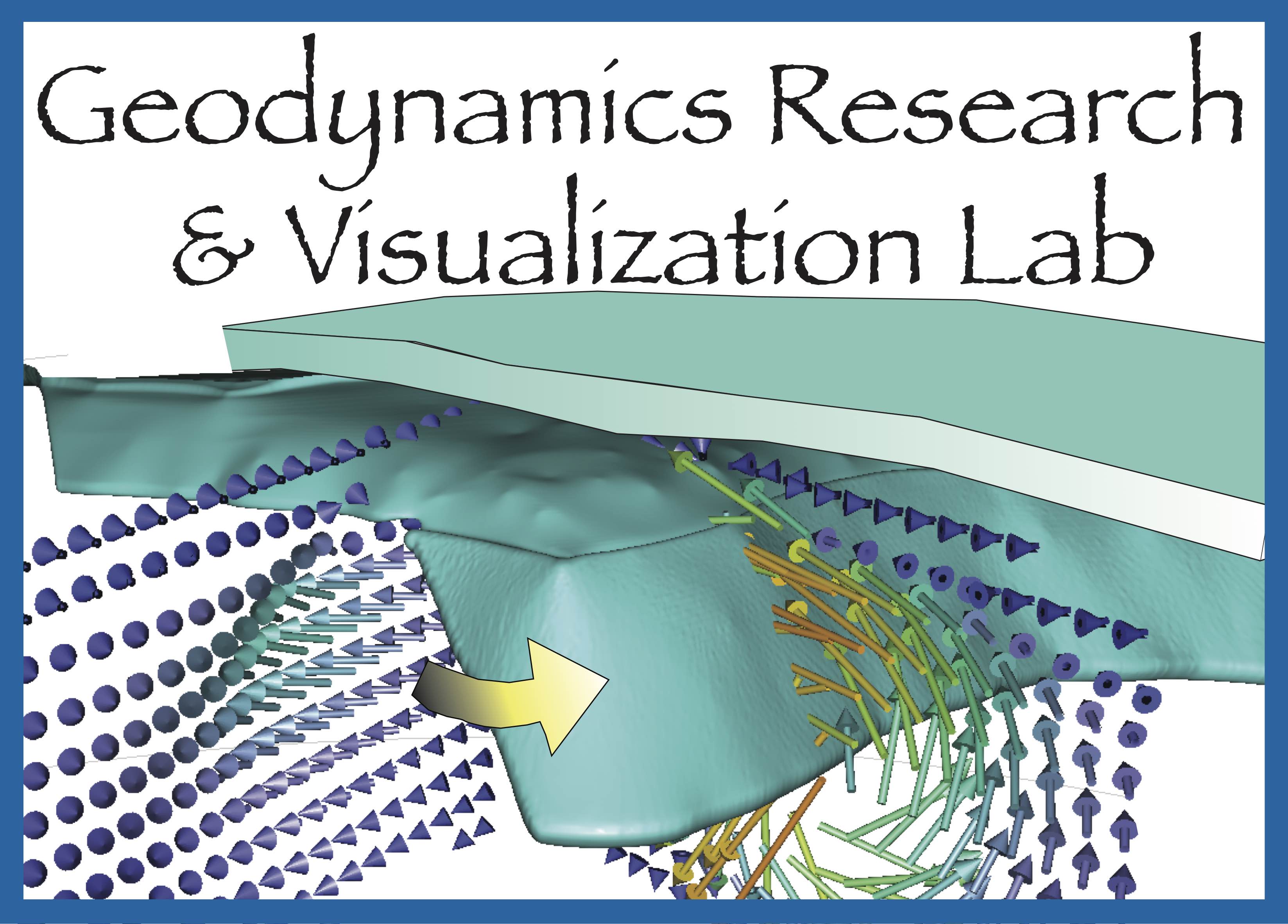Slab-driven Mantle Flow and Plate-Asthenosphere Decoupling
An active research area of mine is investigating mantle and lithosphere dynamics in subduction zones, including examining the differences between
the two-dimensional subduction paradigm and three-dimensional data-constrained subduction framework.
Apsects of subduction dynamics that become particularly important in three-dimensions are slab-edge driven flow, plate interactions, and
plate-asthenosphere decoupling. By using high-resolution numerical models of natural systems we can constrain these process with seismic observations and geochemical signatures.
(1) Slab-driven Mantle Flow in Single and Multi-plate Systems
The dynamics of how slabs imparts local flow fields in the asthensophere and drive three-dimensional subduction processes is an active area of research in the group. The figure below is of the mantle flow through the Cocos-Nazca slab gab from Jadamec (2016).
(2) Plate-Asthenosphere Decoupling in Subduction Zones
An outstanding question of subduction dynamics is how coupled are the plates to the underlying asthenosphere. This is an active area of research in the group. The figure below is of slab-driven mantle deformation in a dynamically decoupled region surrounding the slab (MacDougall et al., 2017).
(3) The Effect of Non-Newtonian Rheology on Subduction Dynamics
While it is still common for mantle numerical simulations treat the asthensophere as a Newtonian fluid, observations from seismic anistropy,
preserved manntle fabrics and rock deformation experiments indicate that under the conditions of regions in the upper mantle near subduction zones, the mantle can behave as a non-Newtonian fluid. Much of my work investigates the effect of including the non-Newtonian rheology on the subduction dynamics. The figure below is from Jadamec and Billen (2010; 2012).



